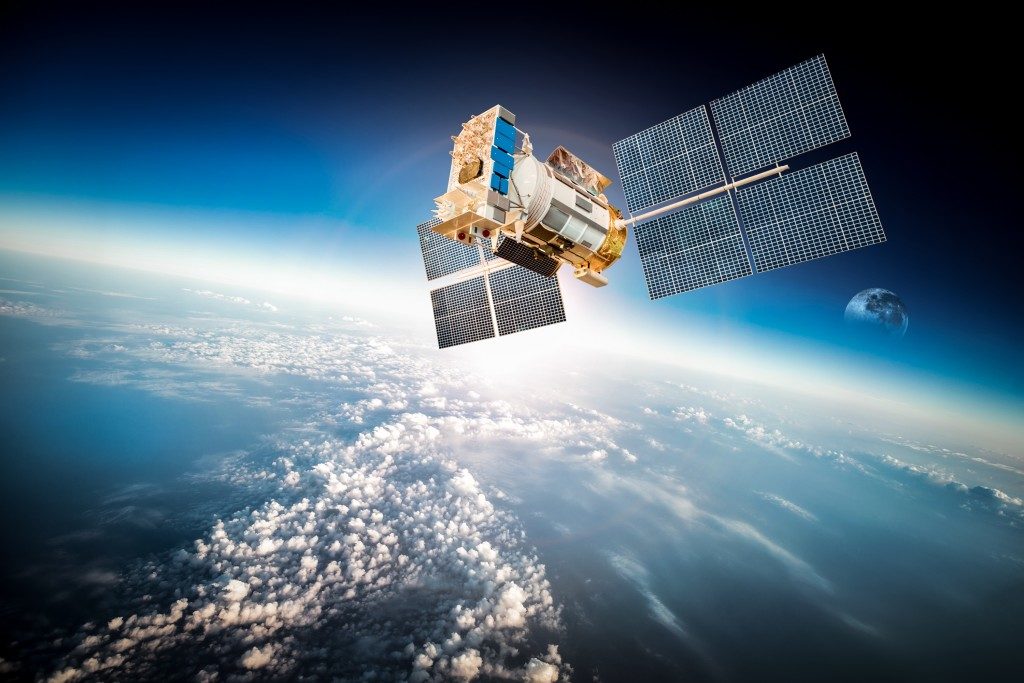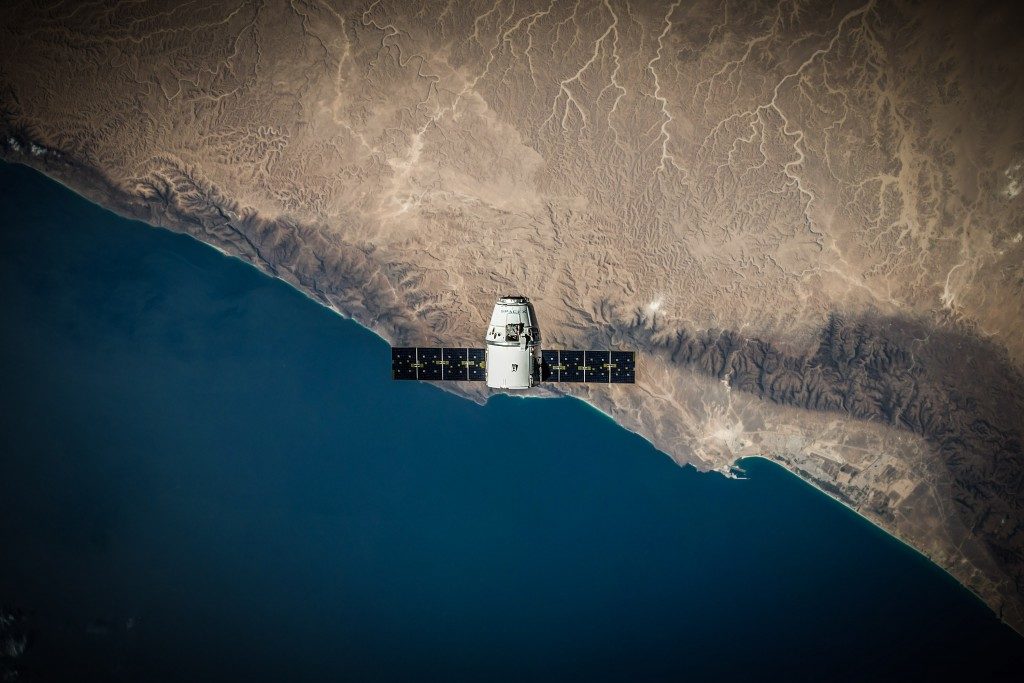When we think of satellites, the typical image that crops up is that of a metal machine in space that sends signals down to Earth. In cartoons and other forms of popular culture, they are used by villains as part of their master plans to control Earth.
These portrayals make satellites seem so high-tech and far-removed from everyday life. The reality, however, could not be further from the truth. Today, thousands of satellites orbit the Earth and make numerous pieces of technology able to function.
For example, satellite phones are among the most reliable forms of direct communication, as the signal goes all the way up to a satellite rather than a cell tower, thus making the reception a non-issue. However, it is perhaps in the area of navigation that satellites have impacted our world the most.
Believe it or not, without satellites, most people would only be able to venture a few miles from their home for the first time and before getting lost for hours. Let us take a look at how satellites have shaped the way we travel and explore.
Global Navigation Satellite Systems
Global Navigation Satellite Systems (GNSS) are largely responsible for the personal navigation and location systems we use today. This includes everything to do with showing your location on a map relative to your surroundings, from the GPS system in a car to the Maps applications on your smartphone.
Originally developed in the 1950s for use by the United States military at the beginning of the Cold War, GNSS went from serving military needs to being incorporated into everyday use by civilians. Today, GNSS is one of the most widely used systems in the world.
GNSS Applications
Apart from its personal navigation functions, which allow us to make our way around unfamiliar places and map out safe routes for us, GNSS has numerous applications in many different sectors. They are also standard on airplanes and ships, thereby enabling travel across countries and continents.
GNSS has functions beyond navigation as well. They are used in science and research to map out weather patterns and the movements in the Earth’s crust.
They also play an important role in the agriculture sector, as the geographic mapping and information they provide aid in proper monitoring and management of resources across the land.
GNSS Simulators

Given the importance and widespread application of GNSS, it is a must that the systems and receivers are properly functioning before they are put to use. Although they rarely fail due to GNSS having access to multiple satellites orbiting the Earth, and thus the option of picking up signals from another system if one fails, it is better to have everything running smoothly to ensure complete reliability.
This is where GNSS simulators come in. By using a multi-element GNSS simulator, the user can control the conditions under which the system must operate and adjust the conditions accordingly. These conditions may include time, location, vehicle motion, and many others.
Once they have passed the simulation tests, they are ready for use in their specified application. Having GNSS tested by a simulator ensures that no matter the situation or environmental conditions, the system will remain accurate and reliable.
The innovations brought about by the development of satellite technology, and GNSS has revolutionized the way we live. It is truly difficult to imagine the modern world without GNSS and its various applications, and we can only hope and work to continue innovating from here on out.

